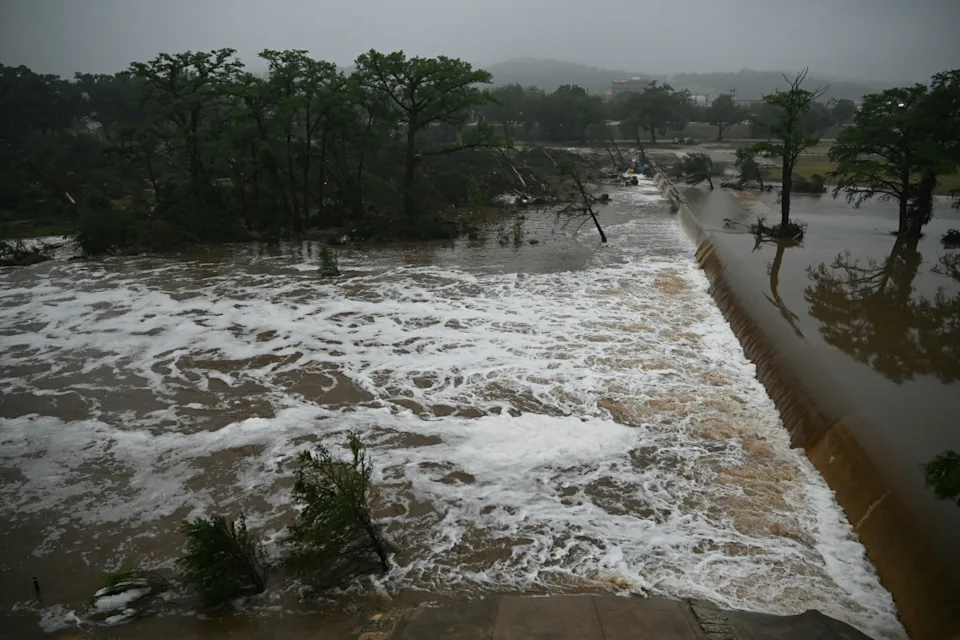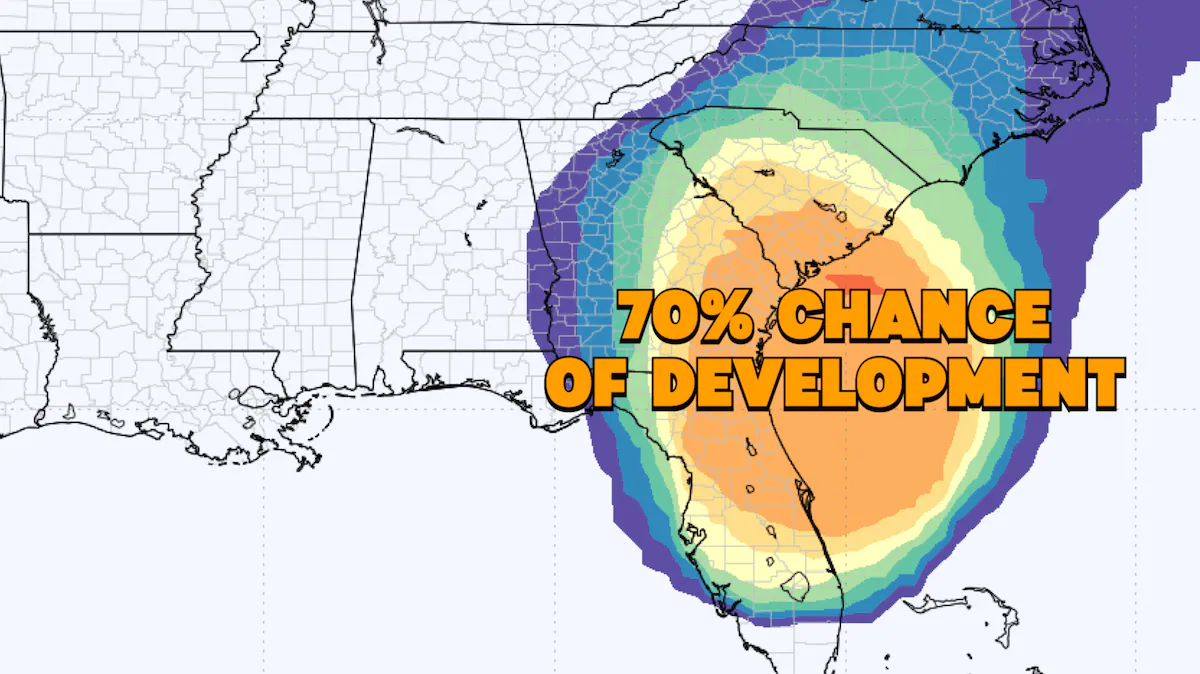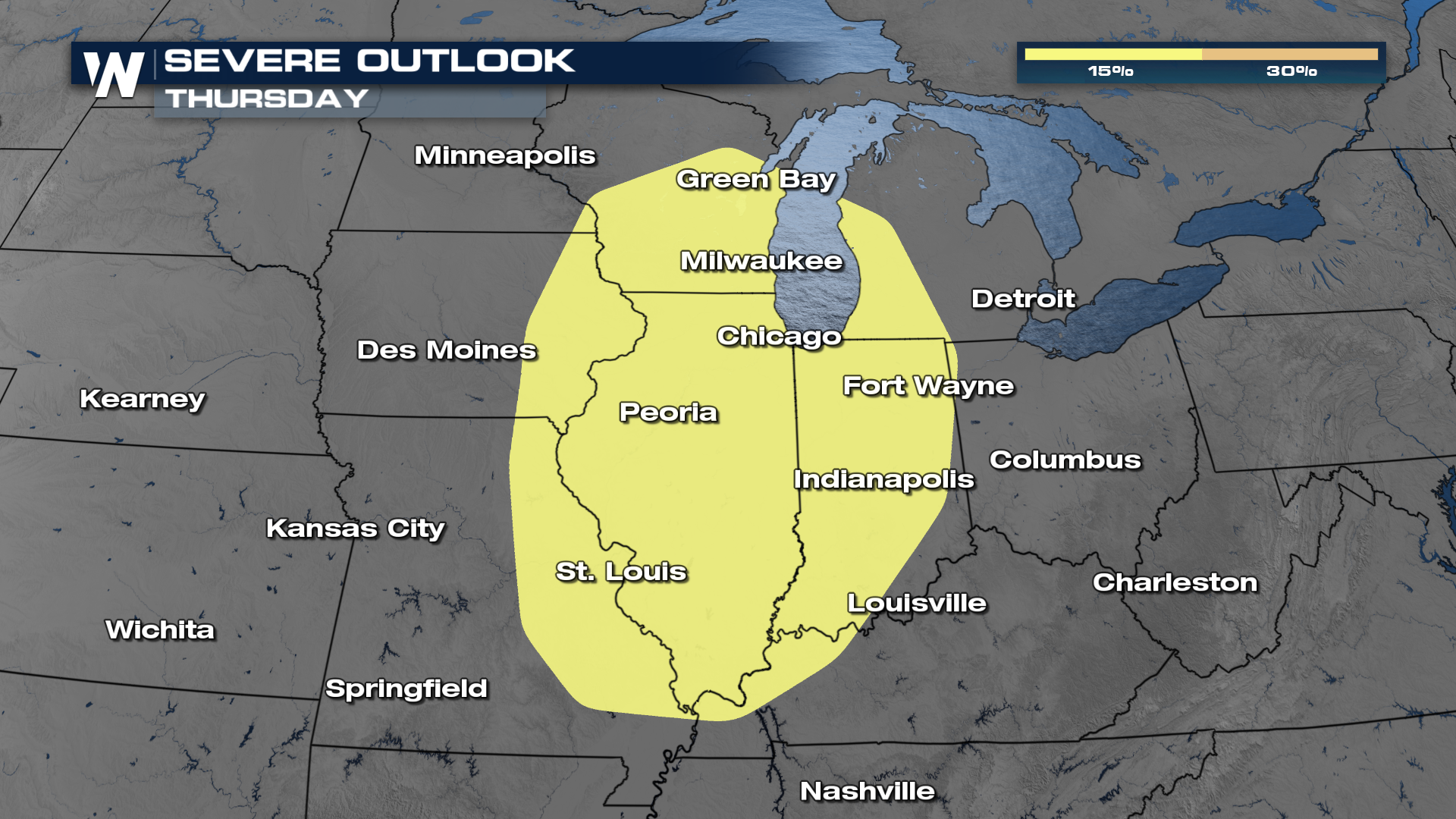Initially detected in June 2023, when sea surface temperatures in the Pacific deviated by 0.5 degrees Celsius, this marked the commencement of the first Super El Niño in almost four years.

The Super El Niño phenomenon, a robust climatic pattern, is currently teetering on the edge of a significant downturn, potentially propelling the world into a neutral status
As the event progressed, it gained strength, with temperature anomalies peaking at 2 degrees Celsius in the fall, hovering now at 1.9 degrees Celsius. The possibility of attaining Super-Niño status, a rarity since 2015-16, is diminishing due to cooling trends. However, NOAA forecasters assign a 54% chance of reaching this status. Recent data suggests that Super El Niño may conclude by April, a month earlier than previously anticipated, with a reduced probability of 37%.
The Southern Oscillation Index (SOI), a pivotal tool for forecasting El Niño and La Niña events, indicates a potential shift. Positive SOI values from Australia’s Queensland Government imply a developing La Niña event, contrary to the anticipated Super El Niño. Despite surface anomalies in the Pacific resembling Super El Niño conditions, sub-surface data reveals a different story. Cold water near the international date line is ascending and heading eastward, indicating a shift toward neutral or even La Niña conditions.
The NOAA’s Climate Forecast System Version 2 (CFSv2), foresee a transformation from El Niño to neutral or La Niña within months
Although model accuracy diminishes over time, the world is expected to exit the Super El Niño pattern in 2024. The aftermath, however, remains uncertain, as the duration of the ensuing neutral phase varies widely, complicating climate outlooks.
A transition to a neutral pattern could impact regional weather patterns, potentially leading to a more active spring severe weather and hurricane season. The timing of this transition is crucial, with potential effects on either the current or upcoming hurricane season. The intricacies of this climatic shift underscore the challenges in forecasting and understanding the lag between weather changes and associated neutral patterns. The global community now awaits the unfolding of this meteorological drama and its far-reaching consequences.
READ ALSO: Tragedy Strikes: Tennessee Tornado Victims Mourned After Deadly Storm Ravages Middle Tennessee




